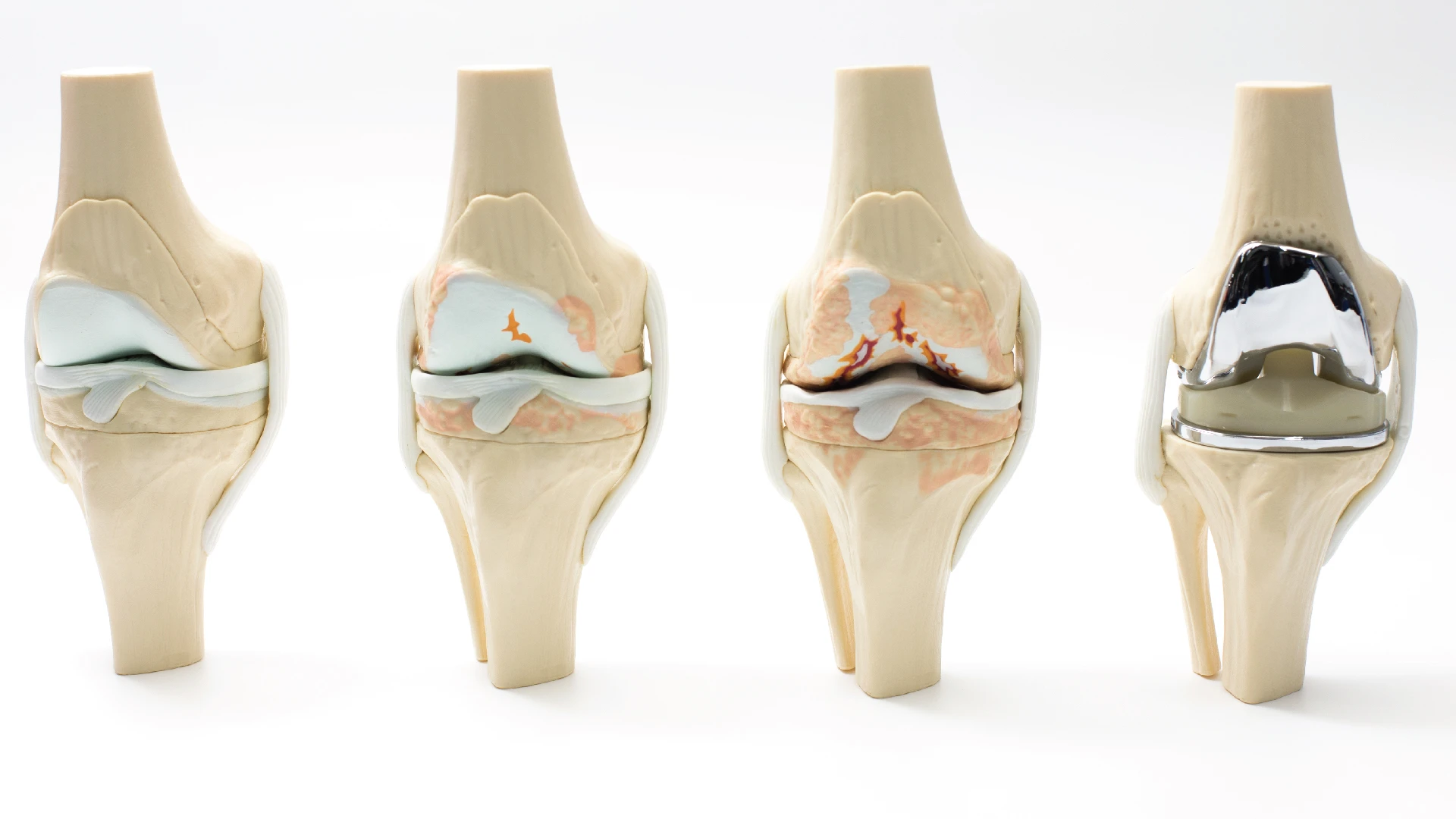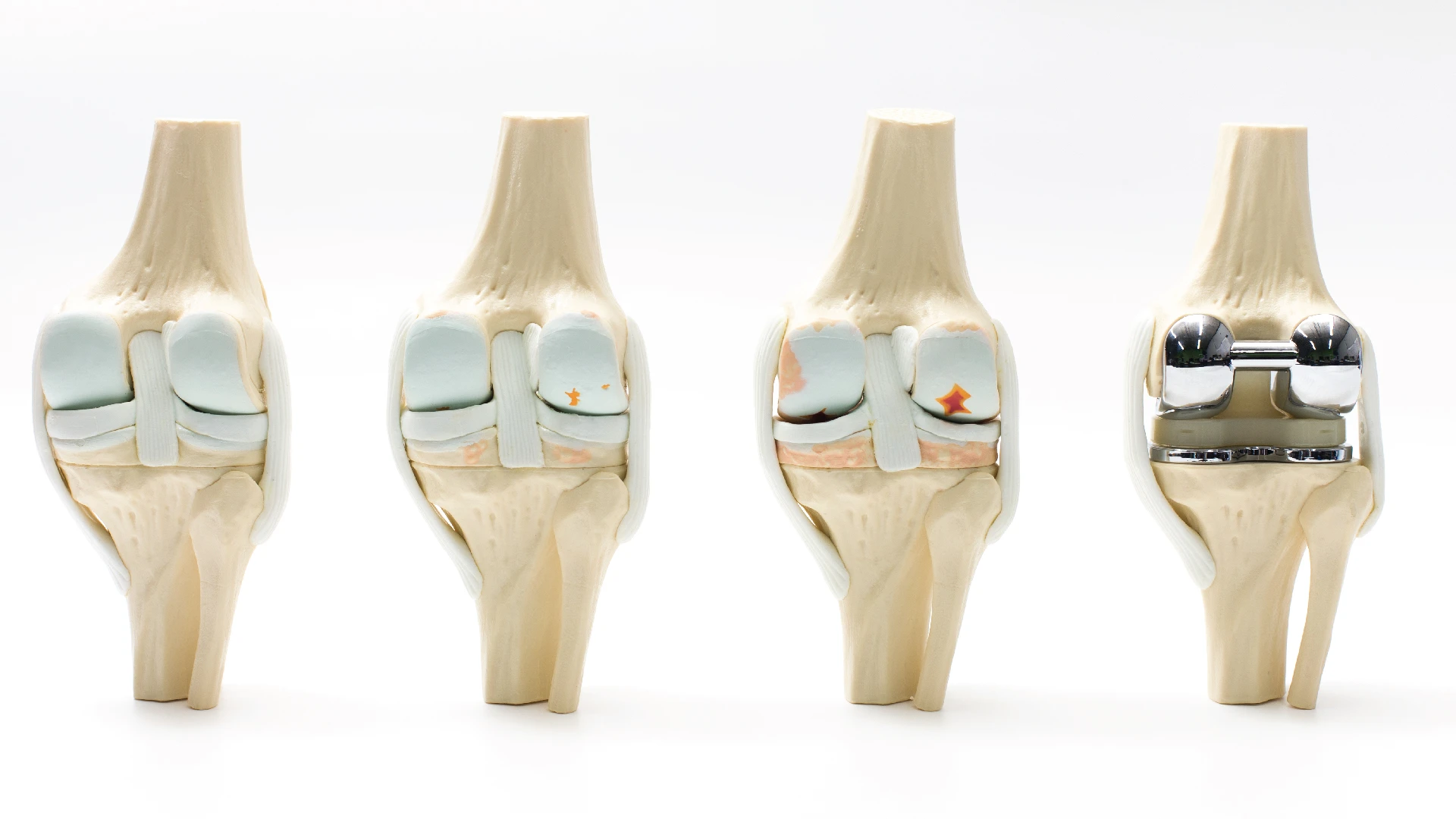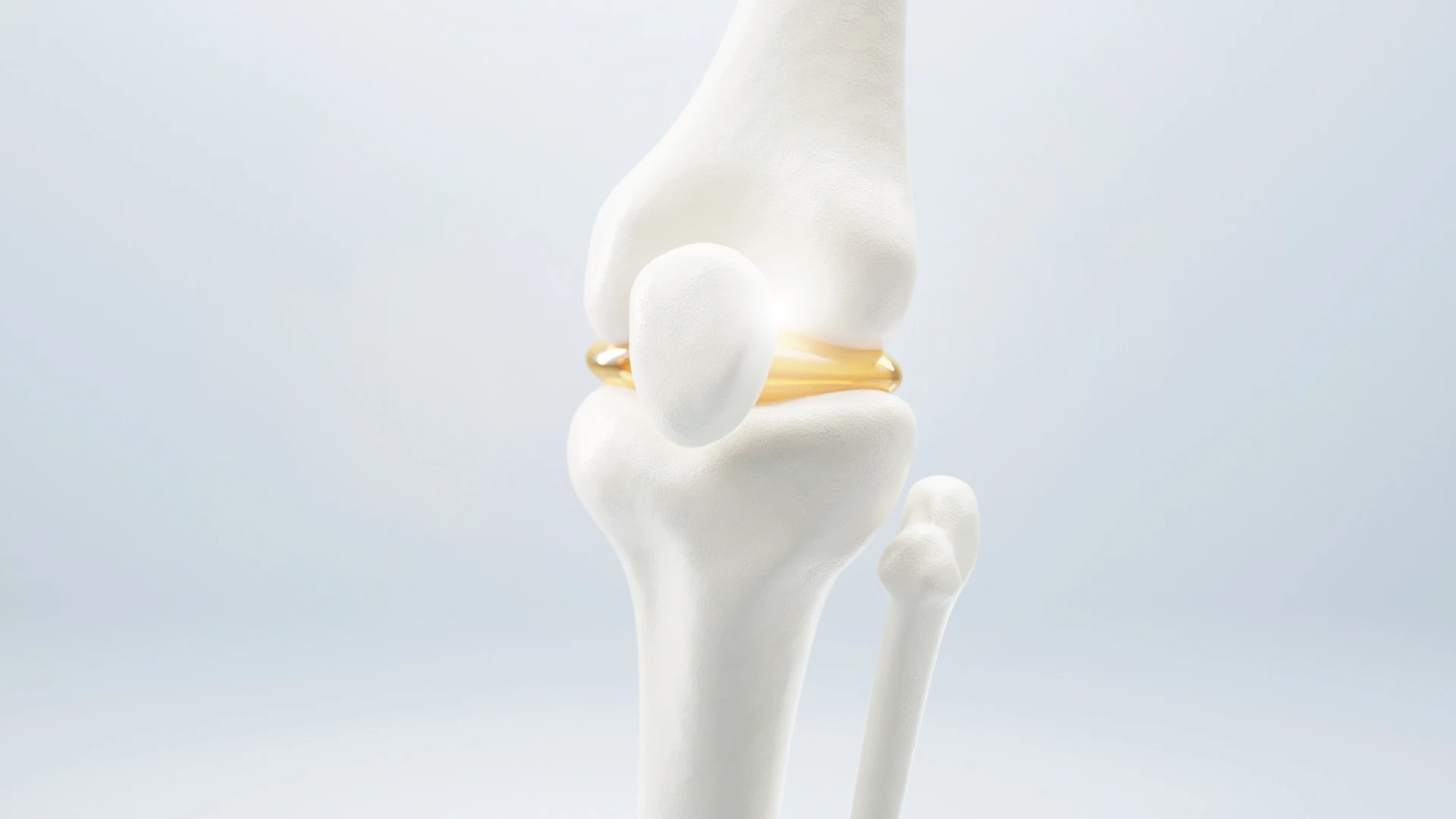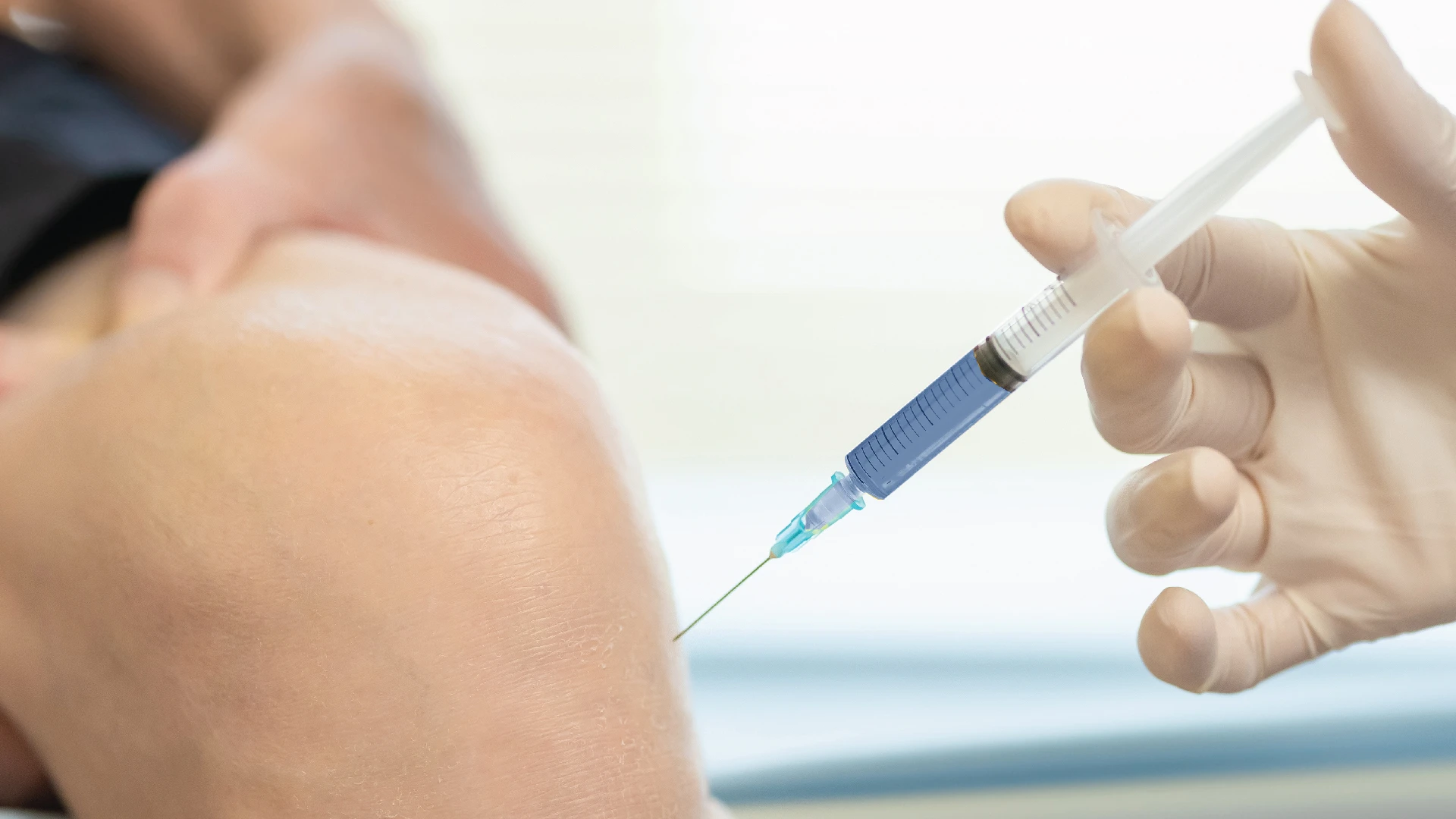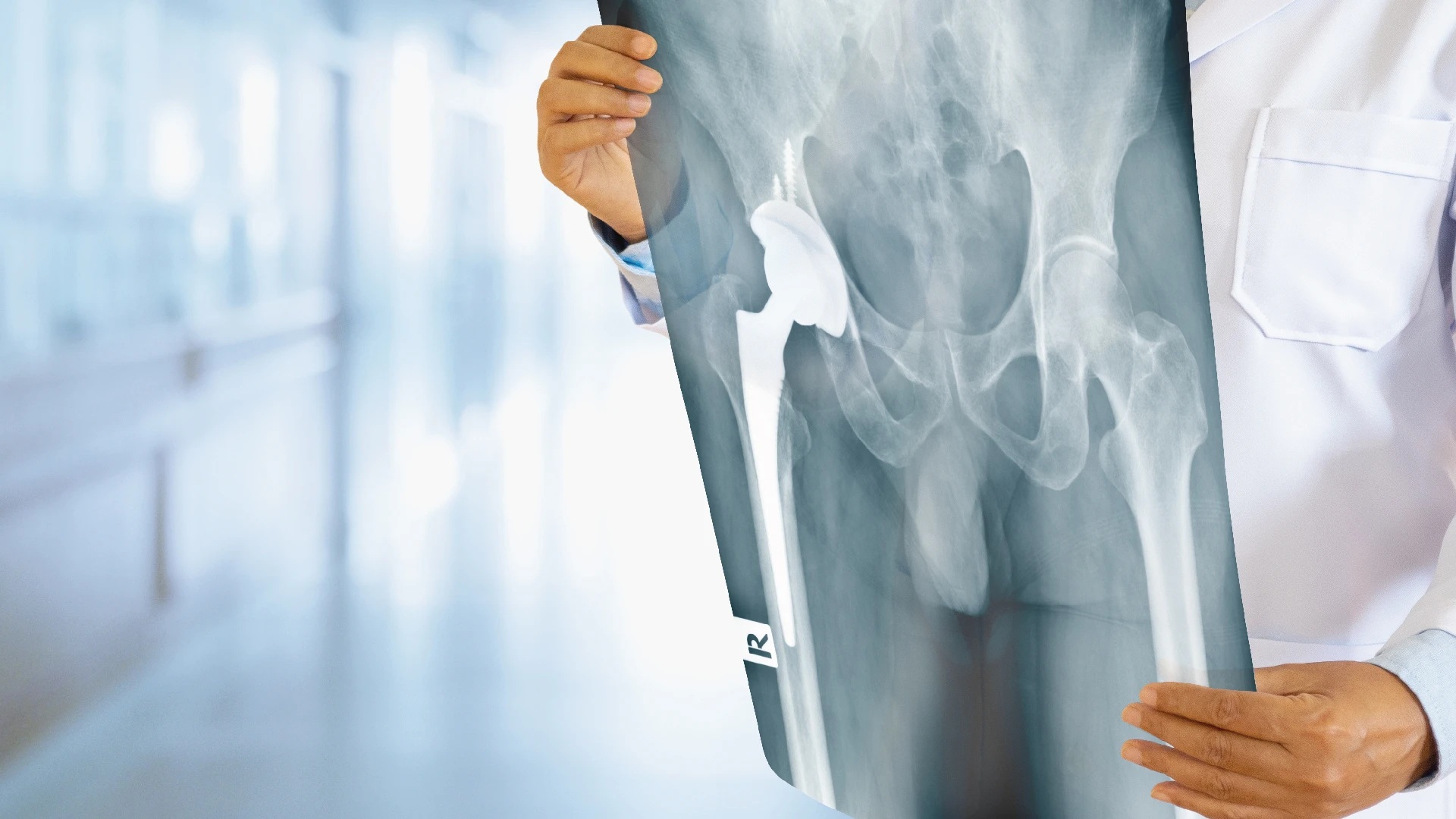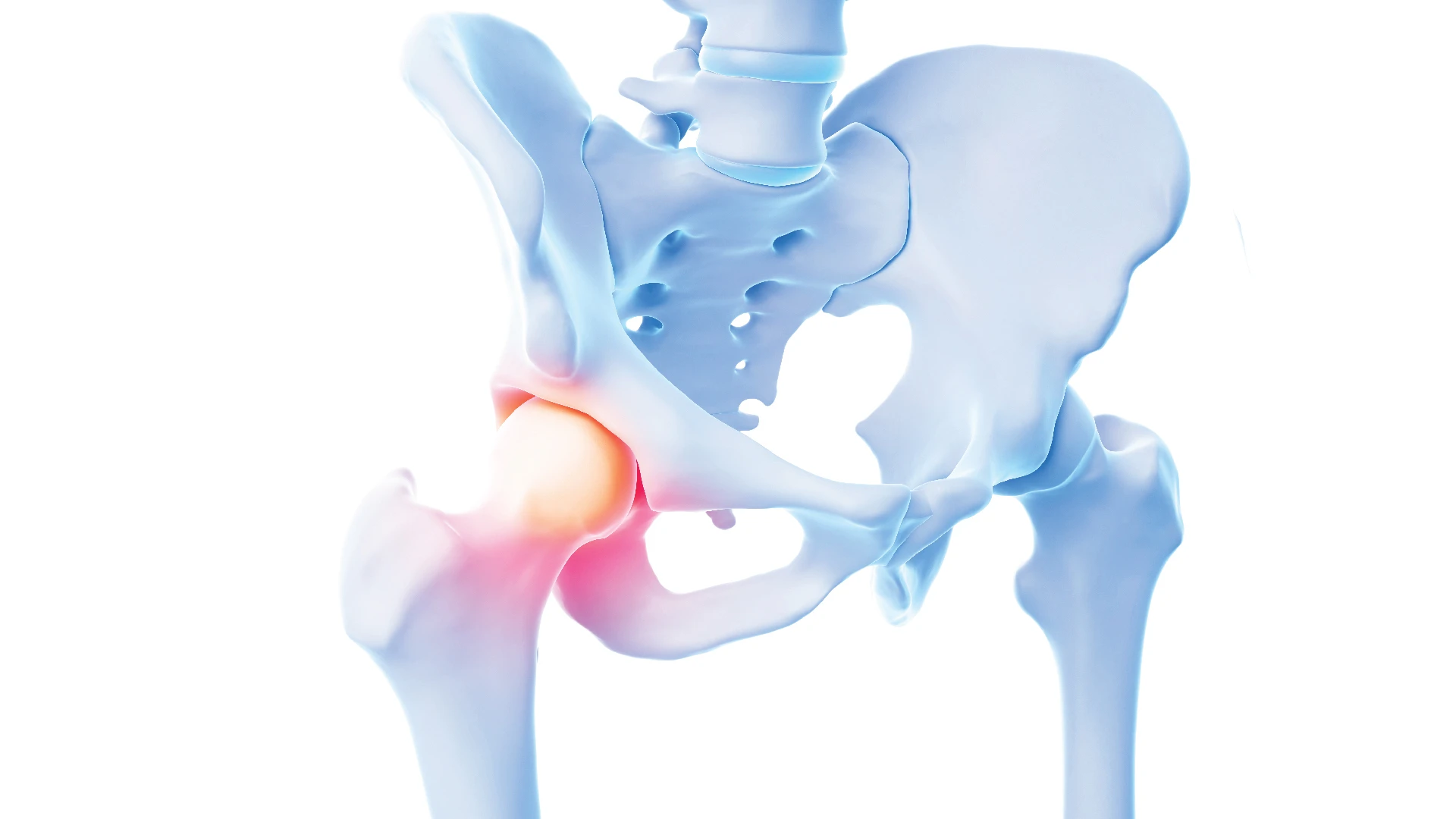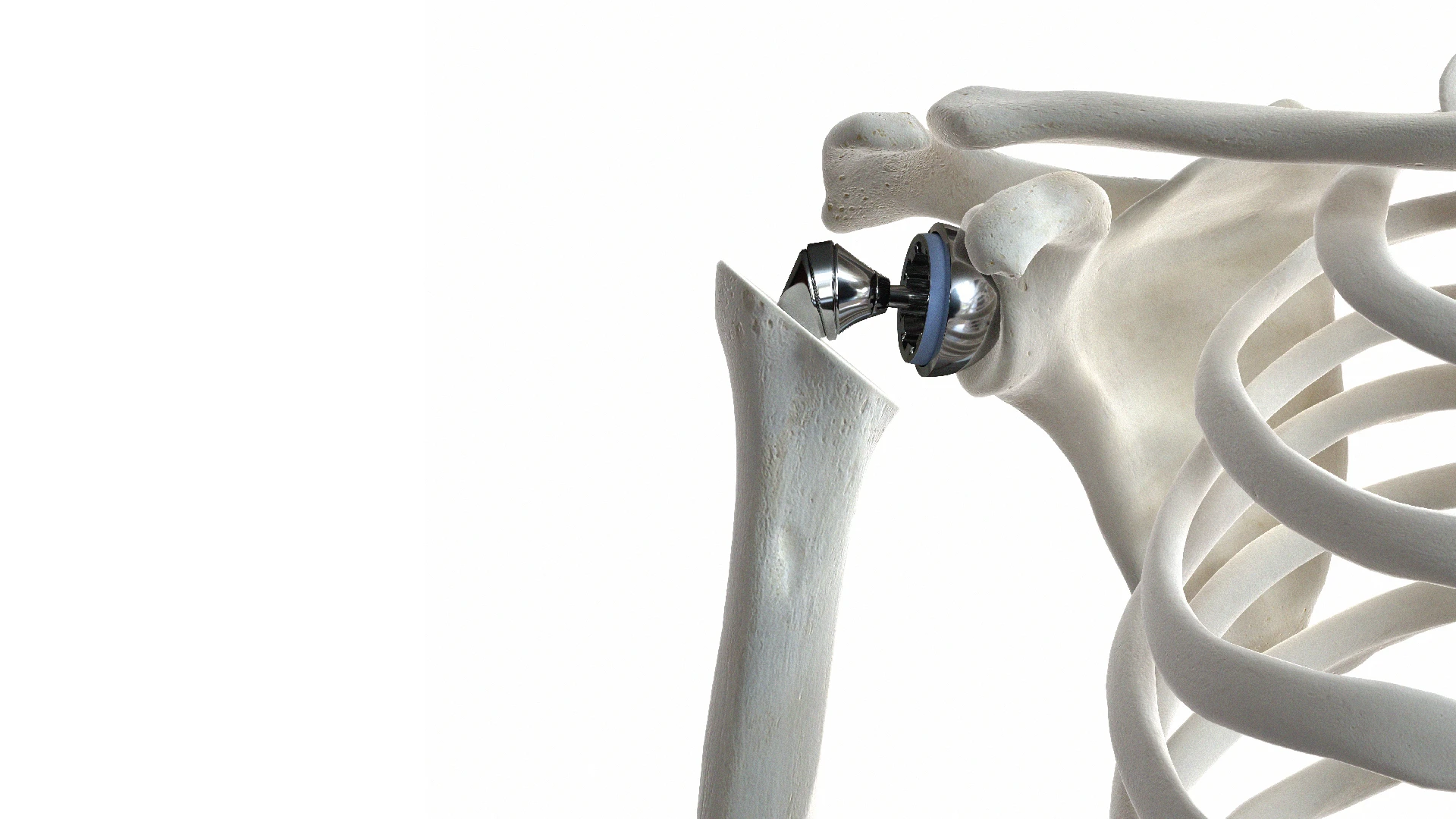ปวดเข่า ขยับลำบาก: สัญญาณของข้อเข่าเสื่อม


เคยรู้สึกปวดเข่าจนขยับลำบากไหม? อาการปวดเข่าที่เพิ่มขึ้นทุกครั้งเมื่อขยับหรือเคลื่อนไหว ที่อาจคิดว่าแค่เป็นอาการปวดเมื่อยล้าจากการใช้งาน หรือ เป็นไปตามอายุที่มากขึ้น
เคยรู้สึกปวดเข่าจนขยับลำบากไหม? อาการปวดเข่าที่เพิ่มขึ้นทุกครั้งเมื่อขยับหรือเคลื่อนไหว ที่อาจคิดว่าแค่เป็นอาการปวดเมื่อยล้าจากการใช้งาน หรือ เป็นไปตามอายุที่มากขึ้น
แต่ในความเป็นจริงแล้ว อาการเหล่านี้ อาจมาจากจุดเริ่มของโรคข้อเข่าเสื่อม ที่ส่งผลต่อการเดินหรือขยับขาที่ไม่เหมือนเดิมในระยะยาว
อาการที่พบบ่อย
ปวดเข่าเรื้องรัง
อาการปวดหรือเจ็บที่ข้อเข่าเมื่อมีการเคลื่อนไหว เช่น การเดินขึ้นหรือลงบันได การนั่งพับเพียบ หรือการนั่งยองๆ ในบางกรณีจะรู้สึกตึง หรือเจ็บที่ข้อเข่าทันทีหลังจากทำกิจกรรมเหล่านี้
อาการจะทวีความรุนแรงขึ้นเมื่อข้อเข่าได้รับการใช้งานมากขึ้น เช่น เดินเป็นเวลานาน หรือการใช้งานเข่าอย่างต่อเนื่อง หลังจากที่ได้พักอาการมักจะดีขึ้น
ข้อเข่าติด ฝืด ตึง แข็ง
ในช่วงแรกของข้อเข่าเสื่อม ผู้ป่วยมักรู้สึกว่าข้อเข่ามีความตึงหรือขยับลำบากโดยเฉพาะในตอนเช้าหลังจากตื่นนอน หรือหลังจากนั่งทำกิจกรรมที่ต้องใช้เข่าเป็นเวลานาน ๆ จนต้องขยับข้อเข่า เช่น การเหยียดขา หรือการงอเข่า เพื่อให้ข้อเข่าค่อยๆ ขยับได้ดีขึ้น
เสียวหัวเข่า
อาการเสียวหัวเข่าหรือรู้สึกแปลบ ๆ ที่บริเวณข้อเข่าในขณะเดินหรือมีการเคลื่อนไหวบ่อย ๆ ที่อาจเกิดจากความบกพร่องของส่วนประกอบของเข่า เช่น ข้อเข่าเริ่มหลวม หรือ การอักเสบบริเวณกล้ามเนื้อต้นขา
บวม ร้อน กดเจ็บ
เมื่อข้อเข่าเกิดการอักเสบจากการเสื่อมสภาพหรือการบาดเจ็บ ผู้ป่วยจะรู้สึกถึงการ บวม หรือ ร้อน ที่ข้อเข่า บางครั้งจะรู้สึกเจ็บเมื่อสัมผัสบริเวณข้อเข่าหรือบวมมากขึ้น หากกดที่บริเวณข้อเข่าจะรู้สึกเจ็บทันที
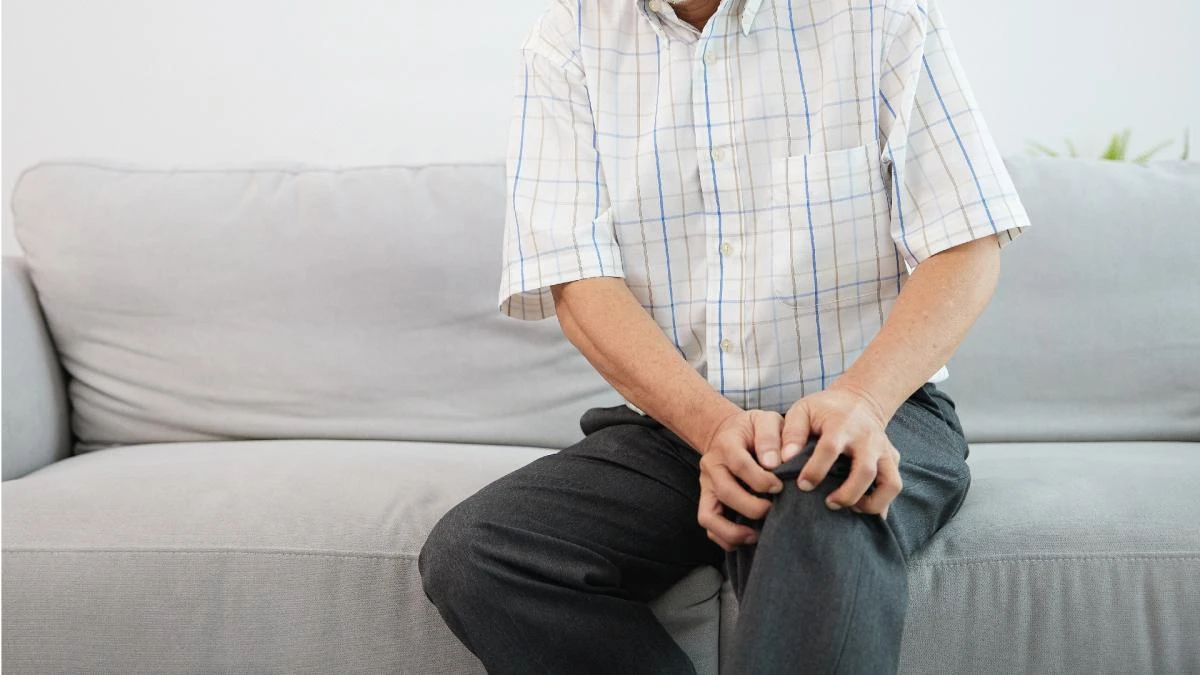
สาเหตุของอาการนี้
อายุที่เพิ่มมากขึ้น
เมื่ออายุมากขึ้น ความเสื่อมของกระดูกอ่อนผิวข้อ กล้ามเนื้อ และเส้นประสาทในข้อเข่าจะเสื่อมลงตามวัย กระดูกอ่อนในข้อเข่าจะสูญเสียความยืดหยุ่นและความสามารถในการรองรับแรงกด ซึ่งเป็นสาเหตุสำคัญของข้อเข่าเสื่อมในผู้สูงอายุ
เพศ
ข้อเข่าเสื่อมพบในผู้หญิงมากกว่าผู้ชาย 2-3 เท่า เนื่องจากการขาดฮอร์โมนเอสโตรเจนที่ช่วยป้องกันการเสื่อมสภาพของกระดูกอ่อนในข้อเข่า โดยเฉพาะในช่วงหลังหมดประจำเดือน ฮอร์โมนนี้จะลดลง ทำให้ผู้หญิงเสี่ยงต่อข้อเข่าเสื่อมมากขึ้น
กรรมพันธุ์
กรรมพันธุ์มีส่วนเกี่ยวข้องกับการเกิดข้อเข่าเสื่อม หากมีคนในครอบครัวหรือญาติพี่น้องที่เป็นโรคนี้ โอกาสที่คุณจะเกิดอาการข้อเข่าเสื่อมก็จะสูงขึ้น
น้ำหนักตัวที่เกิน
ผู้ที่มีน้ำหนักตัวมากหรือเป็นโรคอ้วน จะเพิ่มโอกาสการเป็นข้อเข่าเสื่อมเร็วกว่าปกติ น้ำหนักที่มากขึ้นจะเพิ่มแรงกดทับข้อเข่า เซลล์ไขมันที่มากเกินไปยังส่งผลกระทบต่อเซลล์กระดูกอ่อนและเซลล์กระดูก ทำให้ข้อเข่าเสื่อมเร็วขึ้น
การใช้งานที่มากเกินไป
การใช้ขาและข้อเข่าผิดท่า หรือการอยู่ในท่าที่ไม่เหมาะสมเป็นเวลานาน เช่น การยืนนานๆ หรือการยกของหนัก การขึ้นลงบันไดบ่อยๆ หรือท่าทางจากกิจกรรมที่มีแรงกดทับต่อข้อเข่ามากๆ จะเร่งให้เกิดการเสื่อมของข้อเข่าเร็วขึ้น
แนวทางการรักษาและวินิจฉัย
ที่โรงพยาลเอส โรงพยาบาลเฉพาะทางด้านกระดูกสันหลังและข้อ เราให้ความสำคัญในการหาสาเหตุที่แท้จริงของอาการด้วย ด้วยเครื่อง X-Ray และ MRI แพทย์ที่เชี่ยวชาญเฉพาะทาง จะสามารถวินิจฉัยและวางแผนการรักษาตามระดับอาการของผู้ป่วยแต่ละราย
การรักษาในระยะเริ่มต้นของข้อเข่าเสื่อม สามารถเริ่มจากการรักษาแบบไม่ผ่าตัด เช่น การใช้ยาลดการอักเสบและยาบำรุงข้อเข่า พร้อมกับการทำกายภาพบำบัด เพื่อเสริมกล้ามเนื้อรอบข้อเข่า หากอาการเพิ่มขึ้น การฉีดน้ำหล่อเลี้ยงข้อ (Hyaluronic Acid) หรือการฉีดเกล็ดเลือดเข้มข้น (PRP) จะช่วยฟื้นฟูข้อเข่าและลดอาการปวด ที่จะช่วยให้ผู้ป่วยเคลื่อนไหวได้ขึ้น
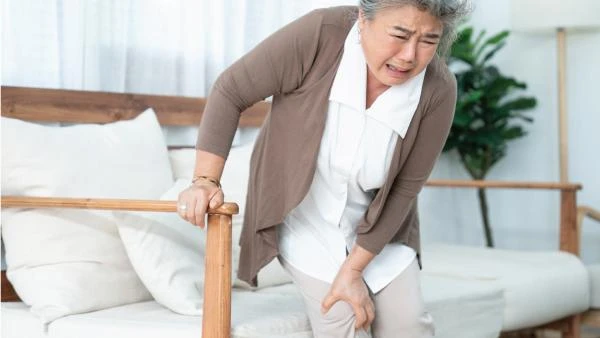
Read More
Related Services

No. 2102/9 Ladprao Road, Wang Thonglang Subdistrict, Wang Thonglang District, Bangkok 10310
Call : 02-034-0808Our Services
Quick Menu
Copyright © 2025 S Spine and Joint Hospital. All right reserved


